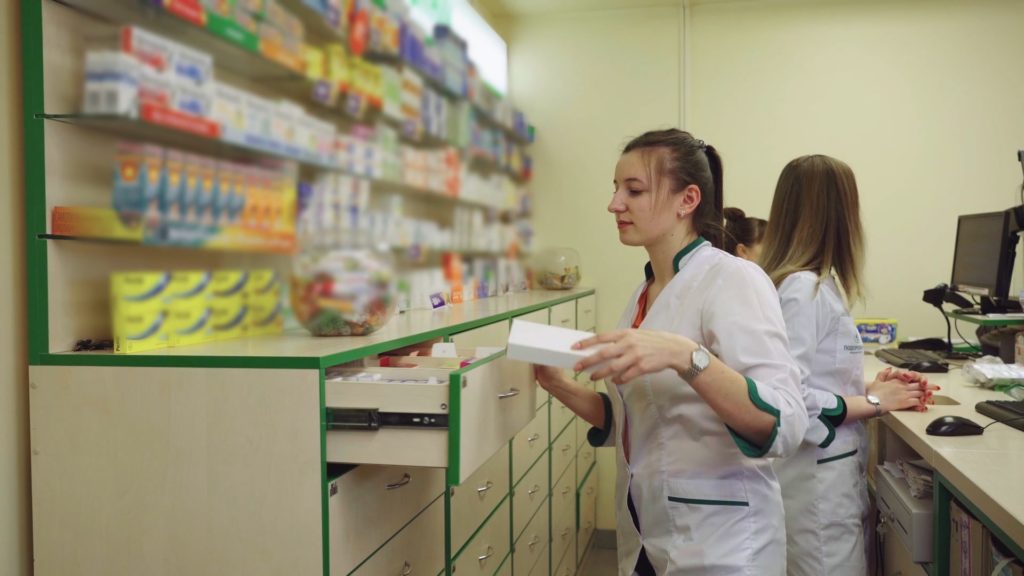Improving Data Quality and Supervision of Antiretroviral Therapy Sites in Malawi: An Application of Lot Quality Assurance Sampling
Improving Data Quality and Supervision of Antiretroviral Therapy Sites in Malawi: An Application of Lot Quality Assurance Sampling
Abstract
Background
High quality program data is critical for managing, monitoring, and evaluating national HIV treatment programs. By 2009, the Malawi Ministry of Health had initiated more than 270,000 patients on HIV treatment at 377 sites. Quarterly supervision of these antiretroviral therapy (ART) sites ensures high quality care, but the time currently dedicated to exhaustive record review and data cleaning detracts from other critical components. The exhaustive record review is unlikely to be sustainable long term because of the resources required and increasing number of patients on ART. This study quantifies the current levels of data quality and evaluates Lot Quality Assurance Sampling (LQAS) as a tool to prioritize sites with low data quality, thus lowering costs while maintaining sufficient quality for program monitoring and patient care.
Methods
In January 2010, a study team joined supervision teams at 19 sites purposely selected to reflect the variety of ART sites. During the exhaustive data review, the time allocated to data cleaning and data discrepancies were documented. The team then randomly sampled 76 records from each site, recording secondary outcomes and the time required for sampling.
Results
At the 19 sites, only 1.2% of records had discrepancies in patient outcomes and 0.4% in treatment regimen. However, data cleaning took 28.5 hours in total, suggesting that data cleaning for all 377 ART sites would require over 350 supervision-hours quarterly. The LQAS tool accurately identified the sites with the low data quality, reduced the time for data cleaning by 70%, and allowed for reporting on secondary outcomes.
Conclusions
Most sites maintained high quality records. In spite of this, data cleaning required significant amounts of time with little effect on program estimates of patient outcomes. LQAS conserves resources while maintaining sufficient data quality for program assessment and management to allow for quality patient care.
